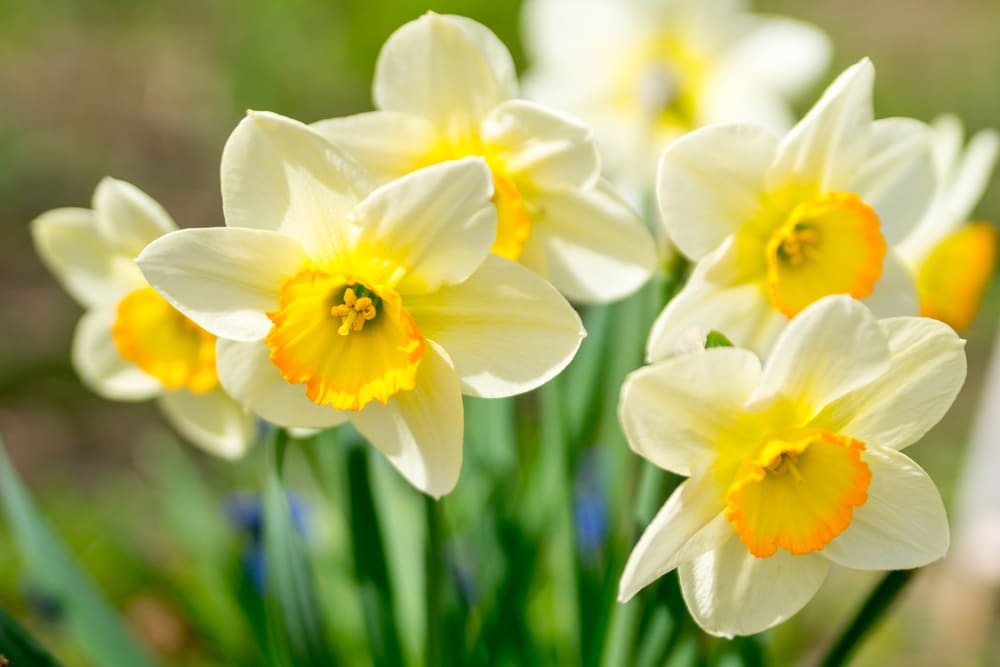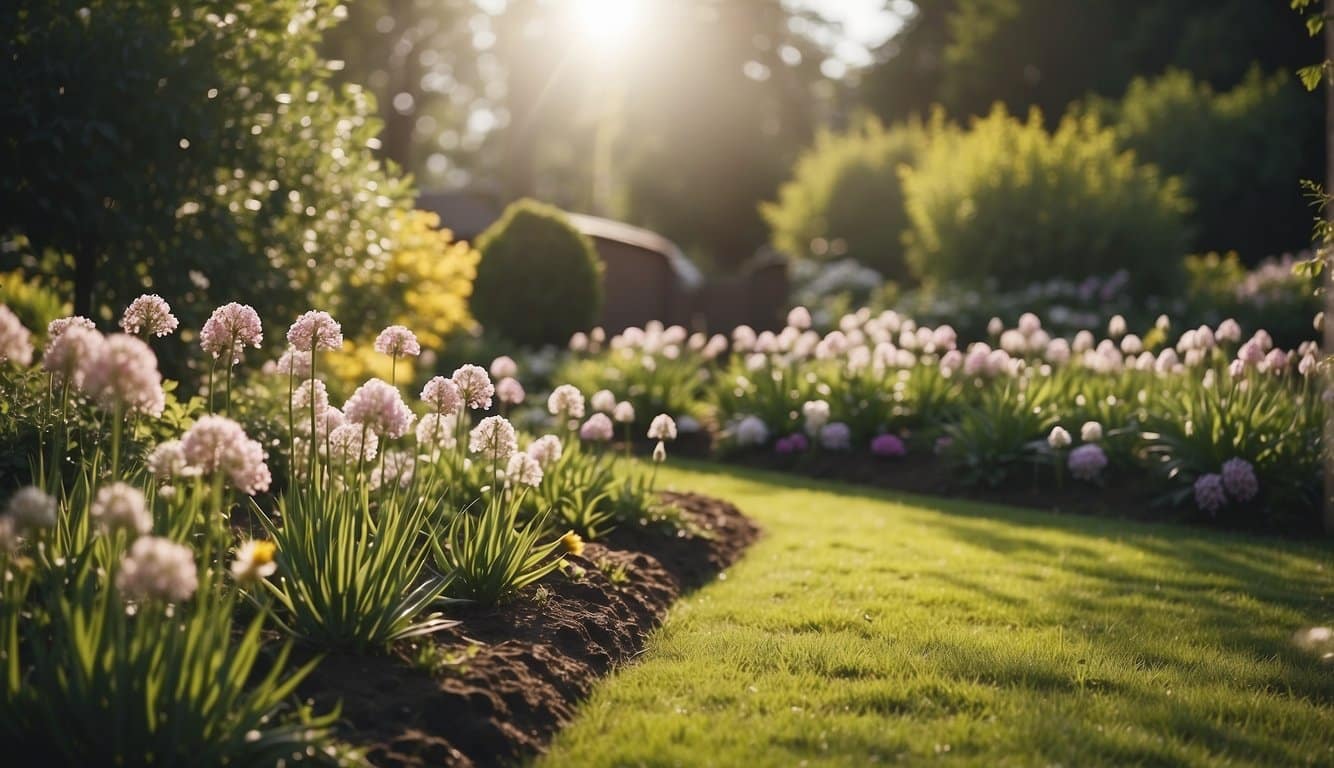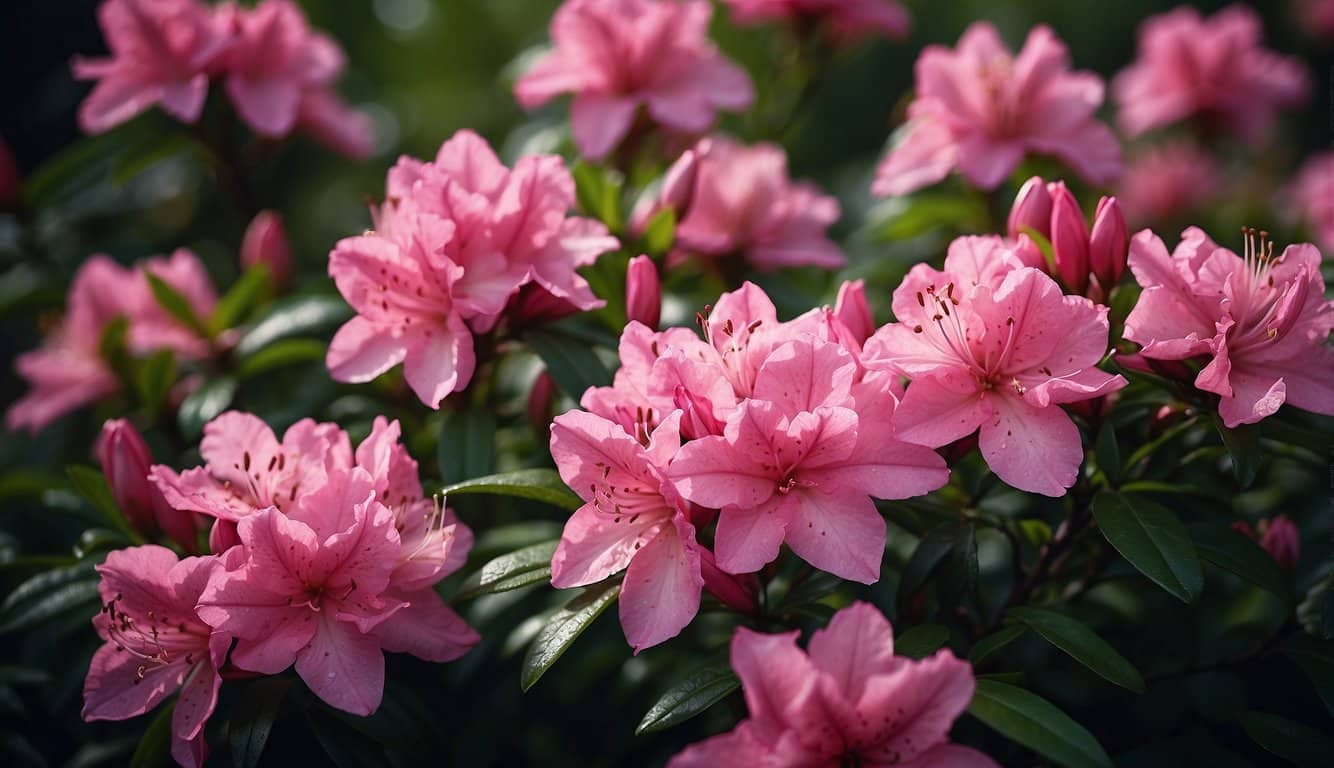Here’s a table listing various types of plant bulbs along with the U.S. regions where they grow best. This should help gardeners choose the right bulbs for their specific climate and location.
| Bulb Type | Preferred US Region(s) |
|---|---|
| Tulips | Midwest, Northeast, Pacific Northwest |
| Daffodils | Nationwide (especially thriving in the Northeast) |
| Hyacinths | Midwest, Northeast, Pacific Northwest |
| Crocuses | Midwest, Northeast, Upper South |
| Alliums | Nationwide (prefers cooler northern regions) |
| Iris | Nationwide, particularly well in the South and West |
| Lilies | Nationwide, with special care in Southern regions |
| Gladiolus | Southern, Western regions (not frost tolerant) |
| Dahlias | Pacific Northwest, parts of the Northeast and West |
| Amaryllis | Southeast, Southwest (often grown indoors elsewhere) |
This table provides a general guide based on the typical climate conditions of each region. However, local variations such as soil type, microclimate, and care can influence the success of these bulbs in any given area.
Regional Climate Considerations
Before you select your spring-flowering bulbs, it’s essential to grasp the climate specifics of your area.
This includes knowing your hardiness zone, the first and last frost dates, and the general weather conditions during the growing season.
- Hardiness Zones: These are defined by the USDA and assist you in understanding the coldest temperatures in your region. Bulbs thrive best when they match your zone’s climate.
- First and Last Frost Dates: These dates mark the beginning and end of your growing season.Planting bulbs should ideally be timed a few weeks before the first frost date.
- Average Temperature & Precipitation: Knowing the seasonal temperatures and rainfall can guide you to the bulbs that will perform best in your region.
Consider these factors for successful blooms:
- Drainage: Well-draining soil is paramount.Excess moisture can cause bulbs to rot, so if your area is prone to heavy rains, consider raised beds.
- Sunlight: Most bulbs prefer full sun.Observe the sunlight patterns in your garden to find the ideal planting spots.
- Chill Hours: Some bulbs require a cold dormant period.If you live in a warmer zone, you may need to pre-chill your bulbs to simulate winter.
Top Bulb Varieties by Region
Choosing the right spring-flowering bulbs for your garden is essential for a vibrant display of blooms year after year. Here’s a breakdown of the top bulb varieties suited for each region of the United States.
Northeastern Favorites
- Tulips: With their varied shapes and heights, tulips thrive in the cool springs of the Northeast.They are best planted in the fall before the ground freezes.
- Daffodils: Known for their resilience and ability to naturalize, daffodils are a quintessential choice that can survive late snowfalls.
Southern Staples
- Amaryllis: Flourishing in the warm Southern climate, Amaryllis bulbs can be planted in pots or directly in the soil for striking blooms.
- Canna Lilies: These add a touch of the tropics and are perfect as long-lasting Southern blooms with their lush foliage and vibrant flowers.
Midwestern Must-Haves
- Hyacinths: Your Midwestern garden will be filled with fragrance if you plant hyacinths, which prefer the cooler, moist conditions of the region.
- Alliums: Offering unique spherical blooms, alliums are not just beautiful but also resistant to many of the pests found in the Midwest.
Western Wonders
- Iris: Whether it’s the Bearded, Siberian, or Dutch types, irises establish well in the Western climate with its distinct dry seasons.
- Ranunculus: Loved for their rose-like blossoms, ranunculus bulbs will produce generously in the mild coastal areas of the West.
Planting and Care Instructions
Successful bulb planting hinges on timely soil preparation, correct planting depths, diligent watering, regular fertilization, and attentive pest management.
Soil Preparation
To ensure your spring-flowering bulbs thrive, consider the following:
- Test your soil’s pH: Most bulbs prefer a pH between 6 and 7. If required, adjust the pH with lime to raise it, or sulfur to lower it.
- Enrich the soil: Integrate ample organic matter, like compost or well-rotted manure, to improve drainage and fertility.For example, learn how to enhance soil conditions in the guide The Ultimate Guide to Planting Spring Bulbs.
Planting Depth and Spacing
Accurate planting depth and spacing are fundamental for bulb health:
- Daffodils: Plant 8 inches deep and 4-6 inches apart. Miniature types should be 4 inches deep.
- Tulips: Depth varies based on bulb size but typically plant 3-6 inches apart.Seek specifics on planting tulip bulbs in The Top 20 Spring-Flowering Bulbs.
Watering and Fertilization
Maintain your bulbs’ growth with these strategies:
- Water immediately after planting to settle the soil and encourage root growth.Learn more about ideal watering techniques from How to Plant Spring-Flowering Bulbs.
- Fertilization: Apply a slow-release bulb fertilizer at planting time and then follow up with a light feeding as they start to bloom.
Pest and Disease Management
Protect your bulbs adeptly:
- Fungicide application: If you’re in an area prone to bulb rot, consider a preemptive fungicide treatment.
- Physical barriers: To deter rodents, think about installing a wire mesh above the bulbs when planting.
Timing for Planting and Blooming
Selecting the right spring-flowering bulbs for your region involves precise timing. Knowing when to plant each variety ensures a garden that remains vibrant from early spring to late spring.
Early Spring Bloomers
- Snowdrops (Galanthus): Plant these in the fall, about 3-4 inches deep. Snowdrops can emerge even when snow is on the ground.
- Winter Aconite (Eranthis hyemalis): Set these bulbs 2-3 inches deep in the fall; they flower as soon as the frost begins to thaw.
Mid-Spring Bloomers
- Daffodils (Narcissus spp.): Plant about 8 inches deep in the fall for a colorful mid-spring show. Miniature types should go 4 inches deep.Get inspired by a range of daffodils.
- Tulips: These iconic spring flowers are planted in the fall, around 6 inches deep, to bloom beautifully in mid-spring.
Late Spring Bloomers
- Alliums: With a planting depth of 6-8 inches during the fall, you’ll be rewarded with dramatic blooms later in the season.
- Peonies: Though not bulbs, peony roots should be planted in the fall for late spring blossoms.
Designing with Spring Bulbs
When planning your garden, spring bulbs offer a palette of colors and the ability to extend the bloom season. Strategic planting can turn your garden into a symphony of hues and textures from the last frost of winter until the full bloom of summer.
Color Coordination
- Choose a Color Scheme: Select bulb colors that complement each other. Bold, contrasting colors create drama, while soft, analogous colors give a harmonious effect.
- Use Foliage as a Backdrop: Plant bulbs against a canvas of evergreen shrubs or perennials to make their colors pop.
Bulb Layering
- Layer by Bloom Time: Arrange bulbs in layers by bloom time; early, mid, and late-spring flowering bulbs.
- Depth Matters: Place larger, late-blooming bulbs deeper, with smaller, early bloomers above them.
Successional Blooming
- Stagger Planting Time: Plant bulbs in waves every few weeks in the fall.
- Mix Bloom Periods: Combine early, mid, and late-season bloomers in the same area to ensure continuous color.
Frequently Asked Questions
Planting spring-flowering bulbs at the right time can transform your garden into a colorful paradise. Here’s what you need to know to choose the best bulbs for your hardiness zone.
Which bulbs are ideal for planting in spring for Zone 7 gardens?
In Zone 7, you can make your garden come alive by planting bulbs such as:
- Gladiolus for their dramatic height and striking colors
- Dahlias for a variety of shapes and vibrant shades
What are the top recommendations for spring-flowering bulbs in Zone 5 regions?
For Zone 5 gardens, consider these cold-hardy bloomers:
- Crocus, one of the first to bloom as the snow melts
- Tulips, with their distinctive shape and a multitude of colors
How can one select bulbs in spring for a colorful summer bloom in Zone 6 areas?
Choose bulbs that thrive in the moderate climates of Zone 6:
- Oriental lilies for fragrance and large blooms
- Begonias for continuous color and suitability in shady areas
What perennial bulbs are best suited for spring planting in various hardiness zones?
Perennial bulbs suited for most zones include:
- Daffodils, which are deer-resistant and reliably perennial
- Hyacinths, with their intense fragrance and dense flower clusters
Which variety of spring bulbs should be planted in the fall for the best results?
For a spring spectacle, plant these bulbs in the fall:
- Alliums for architectural interest and spheres of tiny flowers
- Dutch irises, offering elegant blooms on slender stems
What are the most low-maintenance flower bulbs to plant in the spring?
For ease and beauty, try these low-maintenance bulbs:
- Daylilies, which are drought tolerant and bloom profusely
- Peonies, long-lived plants that offer large, fragrant blooms and require minimal care once established
Last update on 2025-04-29 / Affiliate links / Images from Amazon Product Advertising API





